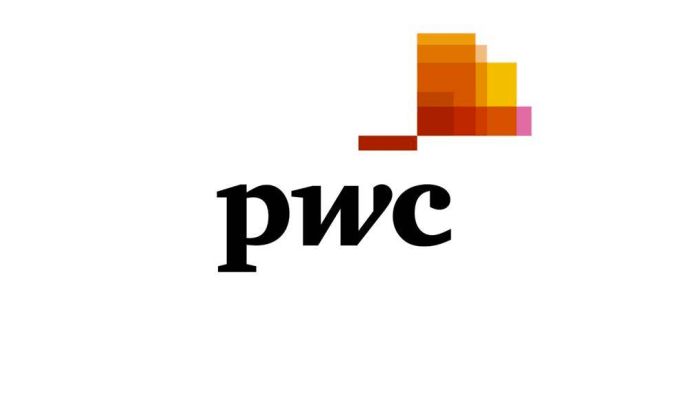The fragmentation issues within the European ETF market means investors, predominantly retail, are faced with the complex decision of what venue to use when investing in ETFs.
Investors’ user experience could be improved by greater harmonisation of certain aspects of trading rules between venues across Europe,according to PwC.
Factors investors currently have to consider include the trading fees, the rules and tools available at the trading venue, access to RFQ platforms and investor protection.
Some 71% of European ETFs havea listing on two or moreEuropean stock exchanges. PwC highlighted Bloomberg’s fragmentation score for European ETFs, which ranges between zero and one, rarely dips below 0.8.
A significant volume of ETF trading is executed off-exchange with 37.3% done on multilateral trading facilities (MTF), 33.1% other over-the-counter (OTC) and the remaining 29.7% done on exchange.
“Despite all trading venues being regulated, there are different rules for different exchanges, differences between the rules applicable to on and off exchange venues and also differences between off exchange venues in the same location and also across borders,” PwC said.
Investors are also faced with various cost structures from not just the venues but also market makers and other participants.
Retail investors are even limited to certain venues which they can afford their minimum tick sizes.
To improve the investor experience while maintaining a healthy level of competition in various areas of the capital markets for ETFs, PwC has proposed a number of policies to be standardised throughout Europe.
This includes standardising the exchange open and closing times, the circuit breaker rules, open and close auction mechanisms and close price determination methodologies.
The European Securities and Markets Authority (ESMA) proposed earlier this year that the threshold for pre-trade transparency for large in scale transactions to be increased for ETFs.
This will involve focusing on increasing the retail investor uptake in ETFs which has been relatively slow to their counterparts in the US.
These harmonisations, PwC argued, could be the key to kickstarting the retail investors’ interest in ETFs.
“The growth of the European ETF market depends on the ability of retail investors to penetrate it, so improving the overall retail investor experience is critical for success,” the firm concluded.



